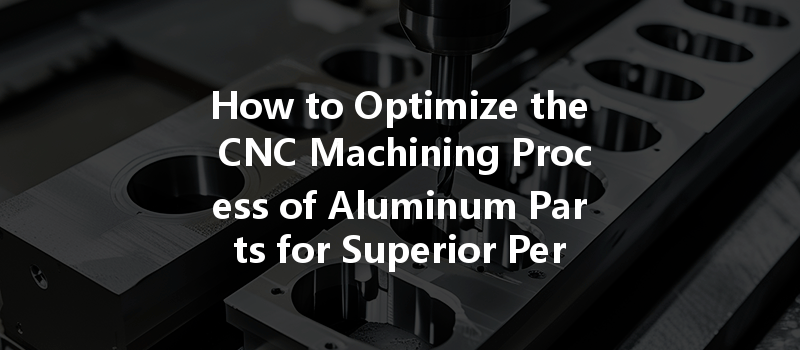In the fast-paced world of manufacturing, the quest for efficiency and precision drives innovation in CNC (Computer Numerical Control) machining. At YL Machining, we understand that optimizing the CNC machining process of aluminum parts is not just about cutting metal; it’s about refining each step, enhancing performance, and ultimately delivering products that exceed expectations. As we dive deep into this vast topic, our aim is to provide you with rigorous insights that can transform your machining operations and propel your business forward.
The Importance of CNC Machining in Modern Manufacturing
CNC machining has revolutionized how manufacturers approach production. It provides unparalleled accuracy, repeatability, and efficiency. With the introduction of computer-aided design (CAD) software, engineers can create intricate designs with ease, leading to complex geometries that were once deemed impossible. In particular, aluminum has become a preferred choice for many industries due to its lightweight, corrosion-resistant, and conductive properties.
However, the challenge lies in the fact that while aluminum is easier to machine than other metals, achieving superior performance requires a well-thought-out strategy that encompasses everything from raw material selection to tooling and end processes.
Understanding the Properties of Aluminum
To optimize the machining process, understanding aluminum’s properties is essential:
Selecting the Right Aluminum Alloy
When it comes to CNC machining, not all aluminum alloys are created equal. The choice of alloy significantly affects machinability, surface finish, and the mechanical properties of the finished product. Here’s a brief overview of common aluminum alloys used in CNC machining:
Selecting the Right Alloy for Your Application
To ensure optimal performance, it’s crucial to choose an alloy that suits the specific requirements of your application. Factors to consider include:
The Role of CNC Machining Parameters
Once the right aluminum alloy has been selected, the next consideration is the CNC machining parameters. These parameters can heavily influence the quality of the machined part. Here’s a breakdown of key variables:
Cutting speed affects material removal rates. For aluminum, a higher cutting speed is generally preferred due to its softness. As a rule of thumb:
Feed rate dictates how quickly the cutter engages with the workpiece. It is crucial to find a balance; too high can lead to poor surface finish while too low can reduce productivity. Recommendations include:
The depth of cut determines how much material is removed in a single pass. For aluminum:

The choice of tooling influences both efficiency and product quality. Utilize the following guidelines to select appropriate tooling:
Tool Path Strategies
An efficient tool path can significantly enhance performance and surface finish:
Cooling and Lubrication
Proper cooling and lubrication are pivotal in CNC machining of aluminum:
Environmentally Friendly Alternatives
Consider using minimum quantity lubrication (MQL) as a sustainable alternative. MQL uses minimal lubricant, reducing waste and improving the machining environment.
Quality Control Techniques
Quality control is pivotal in maintaining the performance standards of CNC machined aluminum parts. Several methodologies can be employed:
Trends in CNC Machining of Aluminum
As the manufacturing landscape evolves, several trends are reshaping the CNC machining of aluminum:
The journey of optimizing the CNC machining process of aluminum parts is a continuous exploration of techniques, innovations, and strategies. By understanding the intricacies of aluminum, adjusting machining parameters, selecting the right tooling, and implementing robust quality control measures, businesses can position themselves at the forefront of efficiency and performance.
At YL Machining, we remain committed to pushing the boundaries of CNC machining. Our dedication to quality and precision ensures that we not only meet but exceed industry standards, setting benchmarks in excellence along the way. In a world where every detail counts, let us be your partner in achieving superior performance in your CNC machining endeavors.
We invite you to engage with us, share your insights, and explore the endless possibilities that lie within the world of CNC machining. Together, let’s create a future that is not just about productivity but also about innovation and sustainability.
—






